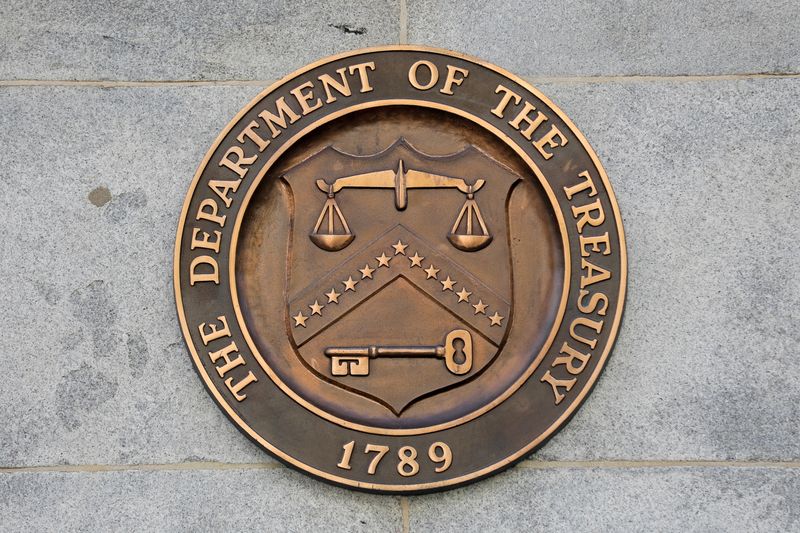Street Calls of the Week
The U.S. dollar, having experienced a slump on Monday, is projected to make a comeback, according to financial institutions ING and Desjardins. This forecast comes ahead of highly anticipated consumer price index data likely to indicate diminishing inflationary pressures. Despite the recent dip, the dollar is well-positioned to rally back, underpinned by climbing treasury yields.
ING advised caution against betting on a further dollar depreciation, given the potential for treasury yields to continue their upward trajectory, particularly the 2-year yield currently trading near its cyclical peak. This warning comes amid dwindling expectations of a dovish stance from the Federal Reserve and signs of volatility in the equity markets, both of which underscore the dollar's potential to recover from its current levels.
The fading anticipation of Federal Reserve dovishness propelled the 2-year yield to a fresh 52-week high last Friday, matching levels not seen since the banking crisis last spring. This spike in yields suggests limited scope for a further dovish re-pricing in the USD swap curve.
As the Federal Reserve enters its blackout period next week, its members continue to advocate for additional tightening. Cleveland Fed President Loretta Mester, a non-voting member, emphasized the necessity of sustained higher rates to rein in inflation towards the central bank's 2% target.
Mester, during a virtual speech at the University of California, San Diego forum, stated, "In order to ensure that inflation is on a sustainable and timely path back to 2%, my view is that the funds rate will need to move up somewhat further from its current level and then hold there for a while as we accumulate more information on how the economy is evolving."
Meanwhile, Montreal-based Desjardins also foresees a potential rebound for the U.S. dollar. However, they added a caveat that an expected rate-cutting cycle next year, aimed at bolstering the global economy, could cap the greenback's gains. This outlook implies that while short-term gains are plausible, long-term strength may be curtailed by wider economic circumstances.
